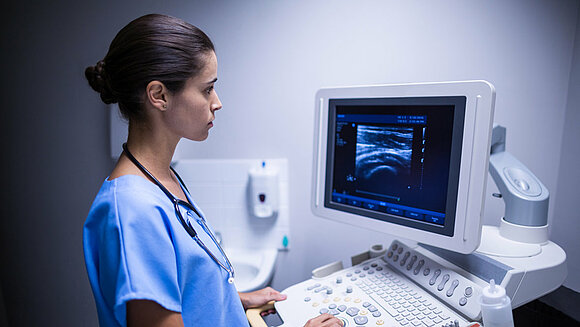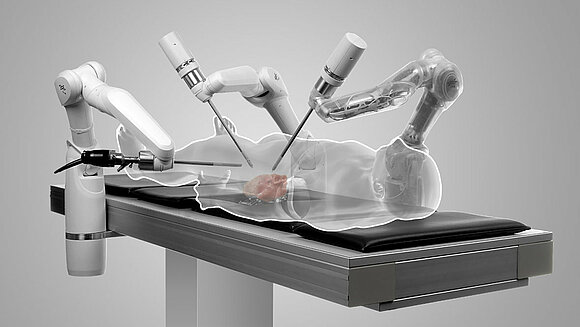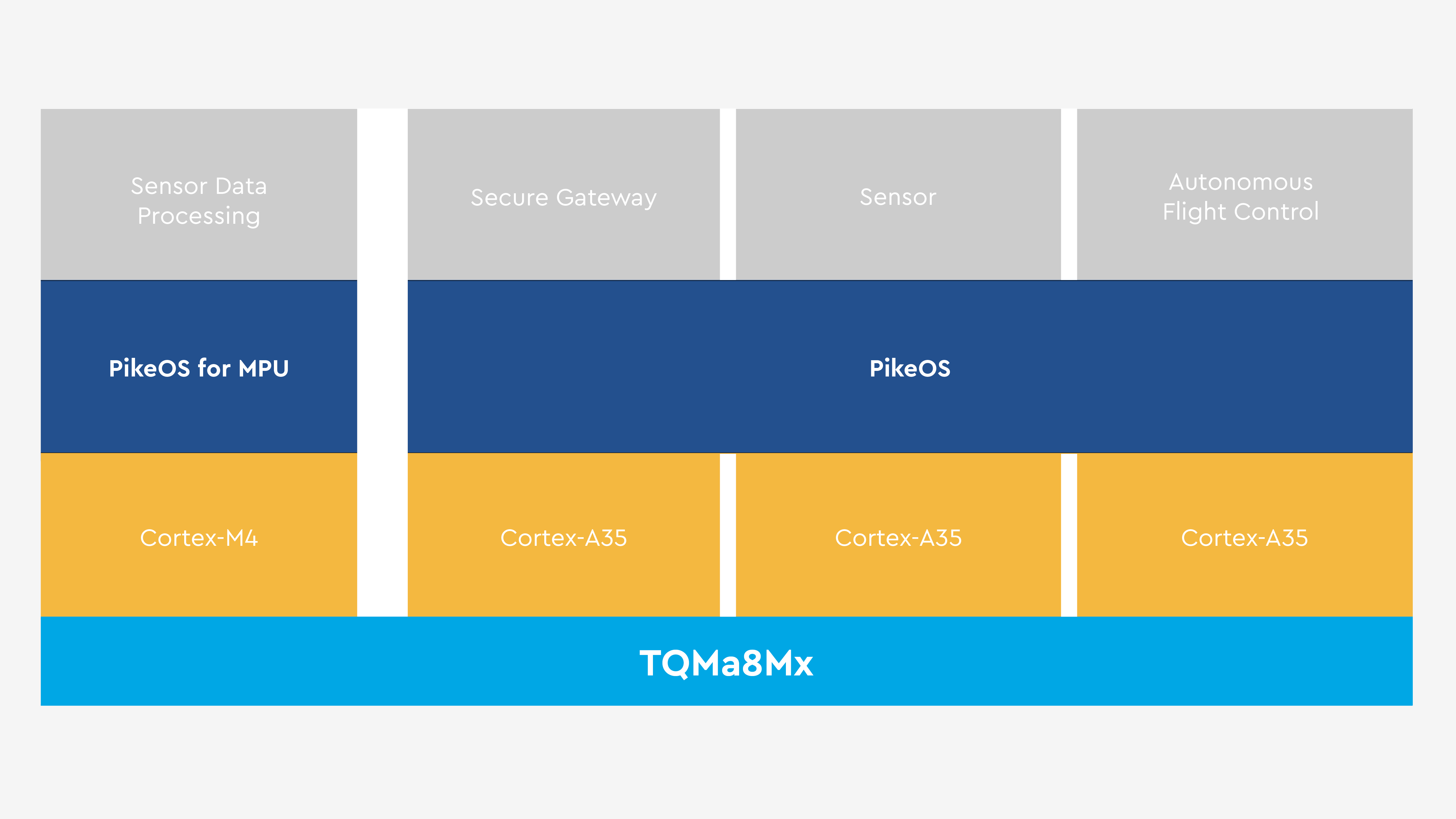TQ-Embedded news
All the latest news about TQ-Embedded and our products as well as press releases can be found in our news overview.
The digitization of medicine has become much more important in recent years and offers many advantages for both patients and doctors. The use of electronic health records, telemedicine and medical devices connected to the Internet can make treatment more efficient and accurate. Embedded systems play an important role in this by enabling data processing and facilitating communication between different medical devices.
Embedded systems are small computers used in medical devices to control and monitor them. They enable the transmission of data in real time and thus support the rapid and precise diagnosis as well as treatment of patients. They are also capable of recording and analyzing data, which in turn supports the development of new therapies and treatments. Overall, the use of embedded systems contributes to the improvement of medical care and facilitates the work of doctors and nurses.
A specific application example of an embedded system in medical technology is the use of insulin pumps for diabetics. Insulin pumps are medical devices that ensure that patients are constantly supplied with a small amount of insulin and thus maintain control over their blood glucose levels. Embedded systems in insulin pumps allow the pump to automatically calculate and adjust the amount of insulin needed, depending on the current blood glucose level. This is done by using sensors that measure blood glucose levels and transmit the information to the pump. Embedded systems in insulin pumps can also record and store data, such as insulin and blood glucose levels, to better monitor and adjust treatment.

Another application example of an embedded system in medical technology is the use of implantable pacemakers. Pacemakers are medical devices that ensure that a patient's heart beats regularly to maintain normal heart function. Embedded systems in pacemakers allow the devices to monitor the patient's heart function and, if necessary, send an electrical pulse to the heart to stimulate it if it beats too slowly. Embedded systems in pacemakers can also record and store data, such as heart rate and electrical pulses triggered by pacemakers, to better monitor and adjust treatment. Advanced technology also allows the devices to be wirelessly connected to the physician or hospital, making it easier to monitor and adjust treatment.
One use case for an embedded system in a semi-autonomous surgical robot is to control and monitor the robot's movements during surgery. An embedded system can be used to control and monitor the robot's movements by receiving signals from sensors and performing the appropriate actions. It can also be used to track and correct the robot's position and orientation in space to ensure that it operates accurately and safely.

Real-time requirements are critical in this use case, as any delay in controlling or monitoring the robot can lead to errors in the operation. The embedded system must be able to process signals from sensors in real time and perform the appropriate actions to ensure that the robot operates accurately and safely.
Safety requirements are equally important in this use case, as errors in the operation of the robot can lead to serious injury to the patient. The embedded system must therefore ensure that the robot operates only according to predetermined protocols and in safe areas. It should also have an emergency shutdown function that allows the robot to be deactivated immediately if an error occurs.
Also, the embedded system should have redundant architecture to ensure availability and safety, and it should have a fault condition monitoring system that allows faults to be detected and corrected quickly.
In addition, there are numerous other examples of embedded system applications such as sleep apnea ventilators, smart beds, ultrasound devices, smart plasters, exoskeletons, semi-autonomous surgical robots, remote home diagnostic devices, and wearables.
With the combination of PikeOS, PikeOS for MPU and a system-on-a-chip module (SoC) from TQ Systems' i.MX8 series, such as the TQMa8Mx, embedded systems for medical technology can be realized in a convenient way. The TQMa8Mx offers security functionality for the highest demands, real-time capability, graphics support (VP9/4K HDR10) and high-speed communication via Gbit Ethernet PCIe and USB interface. This allows, for example, the implementation of a control system as required in semi-autonomous surgical robots. One or more applications can run in parallel per core. Thus it is possible to implement functionally safe and cyber-safe control, regulation, monitoring and data exchange on one module.
The real-time operating system and hypervisor PikeOS provides the basis for separating applications in the embedded system in a functionally safe manner in space and time. Functional safety can be achieved via SYSGO's Certification Kits, which are available for the medical technology safety standard IEC 62304 for PikeOS in order to achieve the highest safety level class A, among others. PikeOS is also pre-certified against many other safety standards such as IEC 61508, ISO 26262, DO-178C, EN 50128 and EN 50657. With its pre-certification against the Common Criteria security standard at level EAL 5+, the PikeOS Separation Kernel (ver. 5.1.3.) also offers cyber security at the highest level.
On customer request, after appropriate customization via Board Support Package, PikeOS for MPU can run as a safely separated partition on the microcontroller (Arm Cortex-M4), which is located on the heterogeneous TQMa8Mx. PikeOS for MPU takes over important tasks, where one prefers a microcontroller over a CPU for reasons of higher-level safety or manageability, among other things. This can be for example the deterministic processing of large amounts of data.
With the integrated development environment CODEO such embedded systems, which make highest demands on safety, determinism or real-time and consolidation, can be created within one tool. PikeOS and PikeOS for MPU do not require a large toolchain, but find a common roof on the Eclipse-based IDE CODEO.
A possible systematic example architecture could include the following applications:
